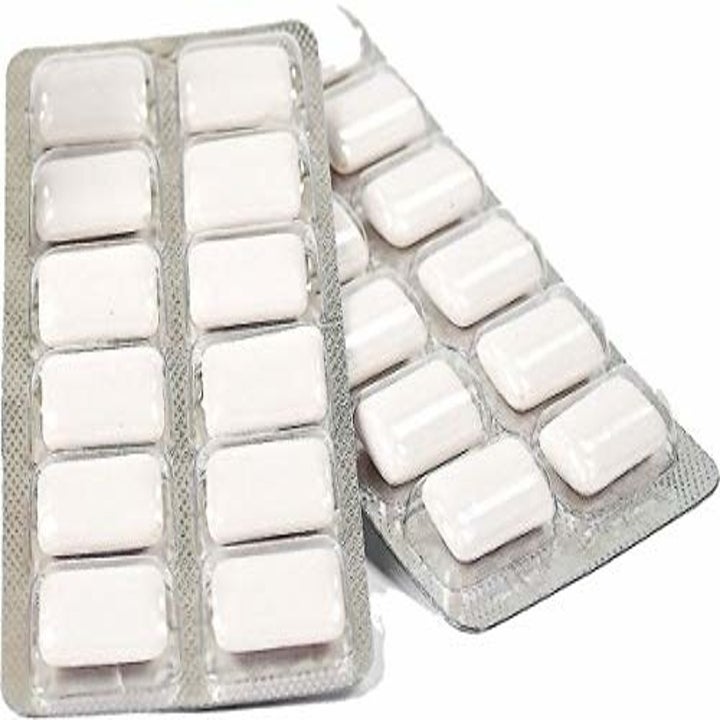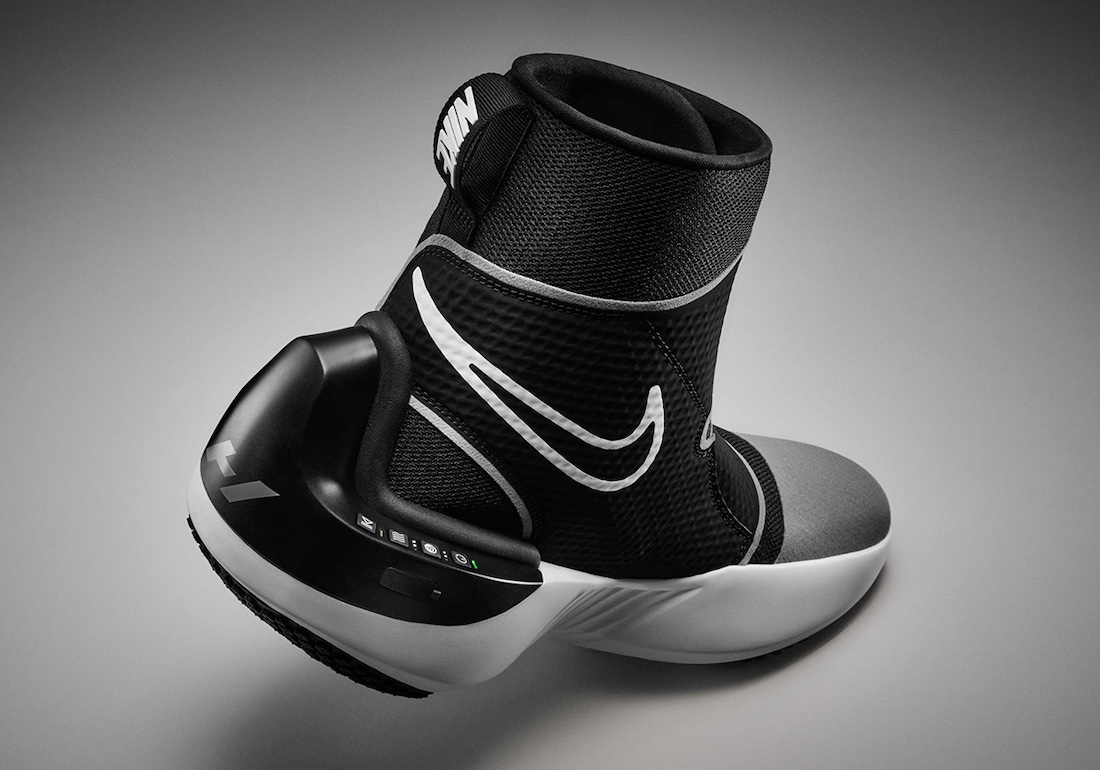Cheap Doesn't Mean Bad: A Guide To Finding Quality On A Budget

Table of Contents
Smart Shopping Strategies for Budget-Conscious Consumers
Finding amazing deals doesn't mean sacrificing quality. It's about employing smart strategies to maximize your budget.
The Power of Research
Before you click "buy," thorough research is paramount. Don't just look at the price; delve deeper.
- Utilize price comparison websites: Sites like Google Shopping, PriceGrabber, and others allow you to compare prices across multiple retailers instantly.
- Read reviews – critically: Don't just focus on five-star reviews. Look for a balance of positive and negative feedback to get a realistic picture of the product's performance and durability. Check sites like Amazon, Best Buy, and dedicated review aggregators.
- Check specifications: Look beyond the marketing hype. Examine the product's specifications – materials used, warranty information, and technical details – to ensure it meets your needs and is built to last. Consider the long-term cost. A slightly more expensive, but more durable item, might save you money in the long run by avoiding premature replacements.
Utilizing Sales and Discounts
Sales and discounts are your best friends when hunting for bargains.
- Seasonal sales: Major holidays and events often bring significant discounts. Plan your purchases around these periods.
- Clearance sales: Retailers clear out old inventory to make room for new products, often offering deep discounts.
- Flash sales: Short-term, limited-quantity sales can offer incredible deals if you're quick enough. Set up alerts from your favorite retailers.
- Coupon codes and discounts: Use browser extensions like Honey or Rakuten to automatically apply coupon codes at checkout. Also, check for discount codes on sites like RetailMeNot. Sign up for email newsletters from your favorite brands to receive exclusive offers. Social media is also a great source for limited-time promotional codes.
Embrace Secondhand and Refurbished Options
Don't overlook the potential of secondhand and refurbished markets.
- Explore various platforms: eBay, Craigslist, Facebook Marketplace, and consignment shops offer a wealth of pre-owned items at significantly lower prices.
- Inspect carefully (if possible): When buying used, always inspect the item thoroughly before purchasing if possible, or ask the seller detailed questions about its condition and history.
- Look for warranties and return policies: Even secondhand sellers sometimes offer warranties or return policies, mitigating some risks. Buying certified refurbished items from reputable retailers usually comes with a warranty. This provides similar protection to buying new.
Identifying Quality Indicators Beyond the Price Tag
Price isn't always an accurate indicator of quality. Learning to spot quality indicators helps you find value.
Material and Construction
High-quality materials and sturdy construction are key to longevity, regardless of price.
- Examine details: Pay attention to stitching, seams, and the overall feel of the materials. High-quality items usually feel more substantial and well-made.
- Research the brand: Look into the reputation of the brand. Brands known for durability often produce budget-friendly options that still maintain high standards.
- Compare materials: Compare the materials used in budget-friendly products to those in more expensive versions of the same item. You might be surprised at how similar they can be.
Brand Reputation and Customer Service
A reputable brand with excellent customer service can significantly enhance your buying experience.
- Check customer service reviews: Look for reviews that discuss the brand's responsiveness to customer issues and the quality of their support.
- Warranty and support: Look for products with clear warranty policies and easily accessible customer support channels. A readily available customer service team suggests a company that stands by its products.
- Online presence: A strong online presence (website, social media) often indicates a company committed to its customers and its brand reputation.
Conclusion
Finding quality products without breaking the bank is achievable with the right strategies. By researching thoroughly, utilizing sales and discounts, considering secondhand options, and understanding quality indicators beyond price, you can confidently acquire high-quality items within your budget. Remember, cheap doesn't mean bad – smart shopping does! Start your journey towards finding amazing value today! Remember, cheap doesn't mean bad – smart shopping does!

Featured Posts
-
 Why Current Stock Market Valuations Are Not A Cause For Investor Concern Bof A
May 06, 2025
Why Current Stock Market Valuations Are Not A Cause For Investor Concern Bof A
May 06, 2025 -
 The Missing Piece Jeff Goldblum Opens Up About A Life Experience Hes Lacked
May 06, 2025
The Missing Piece Jeff Goldblum Opens Up About A Life Experience Hes Lacked
May 06, 2025 -
 Navigating The Complexities Western Automakers China Market Struggles
May 06, 2025
Navigating The Complexities Western Automakers China Market Struggles
May 06, 2025 -
 Westpacs Wbc Falling Profits A Deep Dive Into Margin Squeeze
May 06, 2025
Westpacs Wbc Falling Profits A Deep Dive Into Margin Squeeze
May 06, 2025 -
 Affordable Products You Will Love
May 06, 2025
Affordable Products You Will Love
May 06, 2025
Latest Posts
-
 Remembering Priyanka Chopra And Nick Jonas Vibrant Holi Festivities
May 06, 2025
Remembering Priyanka Chopra And Nick Jonas Vibrant Holi Festivities
May 06, 2025 -
 Priyanka Chopra And Nick Jonas Holi A Detailed Look At Their Holi Festival
May 06, 2025
Priyanka Chopra And Nick Jonas Holi A Detailed Look At Their Holi Festival
May 06, 2025 -
 Priyanka Chopra And Nick Jonas Holi Celebrations A Festive Look Back
May 06, 2025
Priyanka Chopra And Nick Jonas Holi Celebrations A Festive Look Back
May 06, 2025 -
 Performance Meets Recovery The Nike X Hyperice Collaboration
May 06, 2025
Performance Meets Recovery The Nike X Hyperice Collaboration
May 06, 2025 -
 Priyanka Chopras Miss World Controversy The Two Piece Outfit Story
May 06, 2025
Priyanka Chopras Miss World Controversy The Two Piece Outfit Story
May 06, 2025
